Growth of the Automotive Industry
The Automotive Airbag Fabric Market is closely linked to the overall growth of the automotive sector. As vehicle production increases, so does the demand for safety features, including airbags. The automotive industry is projected to expand, driven by rising disposable incomes and urbanization trends. This growth is expected to lead to a higher production volume of vehicles equipped with advanced safety systems, thereby increasing the demand for airbag fabrics. Market forecasts indicate that the automotive sector will continue to thrive, which will, in turn, bolster the airbag fabric market as manufacturers seek to comply with safety regulations.
Increasing Vehicle Safety Regulations
The Automotive Airbag Fabric Market is experiencing a surge in demand due to stringent vehicle safety regulations imposed by various governments. These regulations mandate the inclusion of advanced safety features, including airbags, in new vehicles. As a result, manufacturers are compelled to invest in high-quality airbag fabrics that meet safety standards. The market for automotive airbags is projected to grow significantly, with estimates suggesting a compound annual growth rate of around 7% over the next few years. This growth is driven by the need for enhanced passenger protection and the increasing awareness of road safety among consumers.
Focus on Sustainability in Manufacturing
Sustainability is becoming a focal point in the Automotive Airbag Fabric Market, as manufacturers are increasingly adopting eco-friendly practices. The shift towards sustainable production methods is driven by consumer demand for environmentally responsible products. Companies are exploring the use of recycled materials and sustainable manufacturing processes to produce airbag fabrics. This trend not only addresses environmental concerns but also aligns with regulatory pressures for sustainability in the automotive sector. As the market evolves, the integration of sustainable practices is likely to become a key driver of growth, influencing both consumer preferences and manufacturer strategies.
Rising Consumer Awareness of Safety Features
Consumer awareness regarding vehicle safety features is on the rise, which is positively impacting the Automotive Airbag Fabric Market. As consumers become more informed about the benefits of airbags, they are increasingly prioritizing safety when purchasing vehicles. This shift in consumer behavior is prompting automotive manufacturers to enhance their safety offerings, including the use of advanced airbag fabrics. The demand for high-performance airbag materials is expected to increase, with market analysts projecting a steady growth trajectory as manufacturers strive to meet consumer expectations for safety and reliability.
Technological Innovations in Fabric Materials
Technological advancements in fabric materials are playing a crucial role in shaping the Automotive Airbag Fabric Market. Innovations such as the development of lightweight, high-strength fabrics are enabling manufacturers to produce airbags that deploy more effectively and provide better protection. These advancements not only enhance safety but also contribute to overall vehicle performance. The market is witnessing a shift towards the use of advanced materials like nylon and polyester blends, which offer improved durability and resistance to environmental factors. As these technologies continue to evolve, they are likely to drive further growth in the airbag fabric sector.
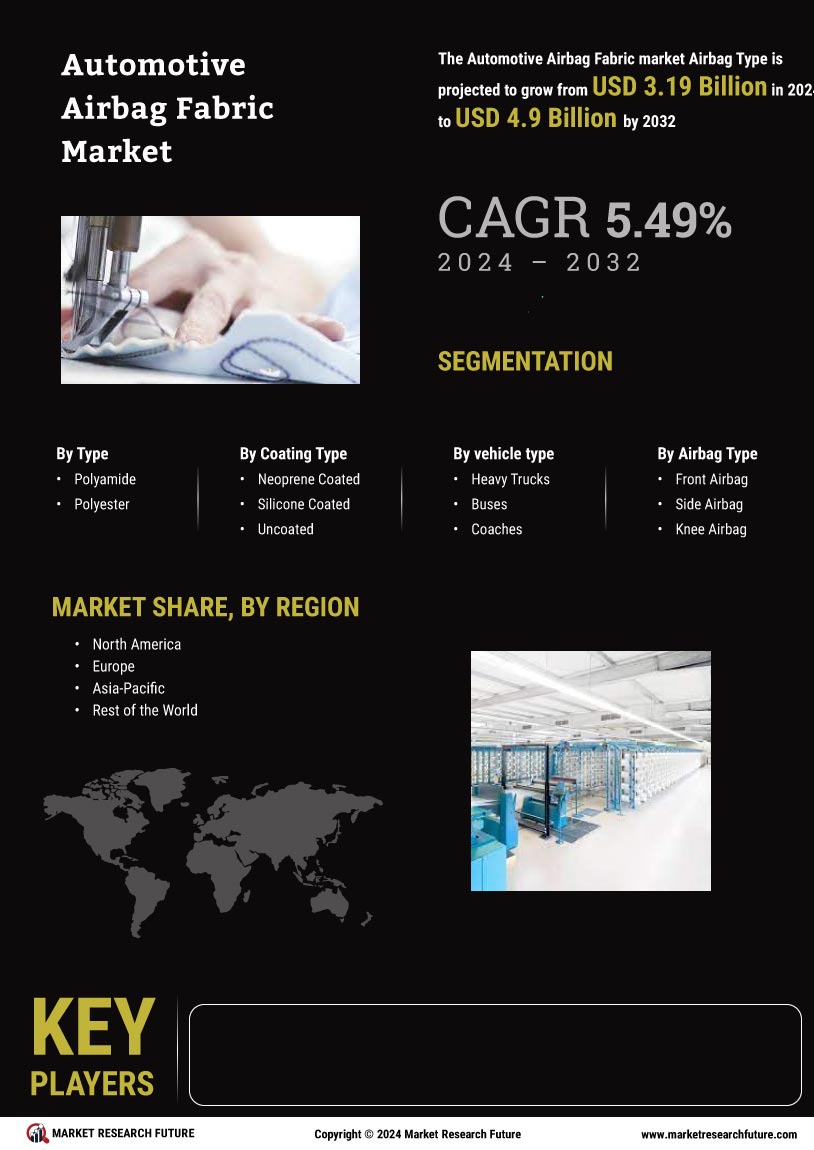

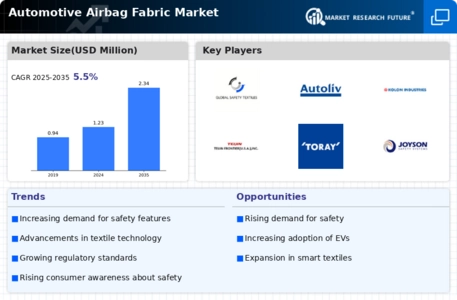
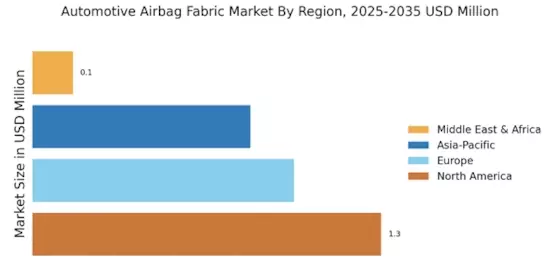
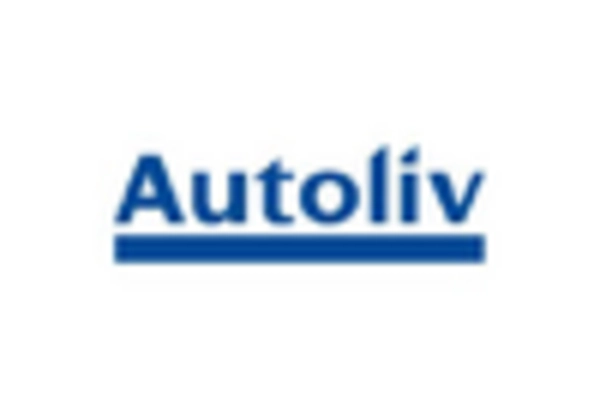
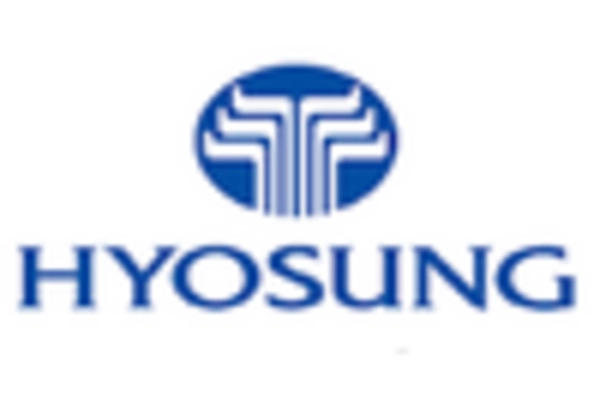
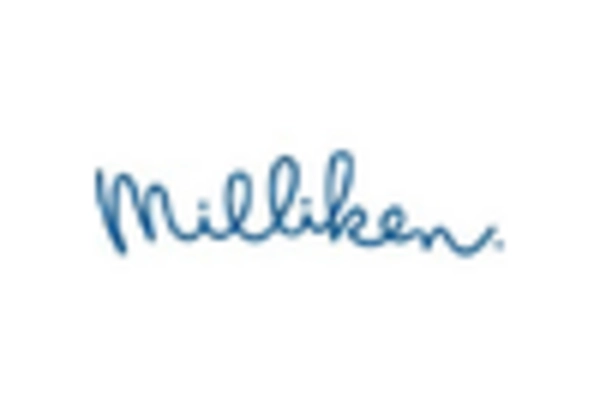
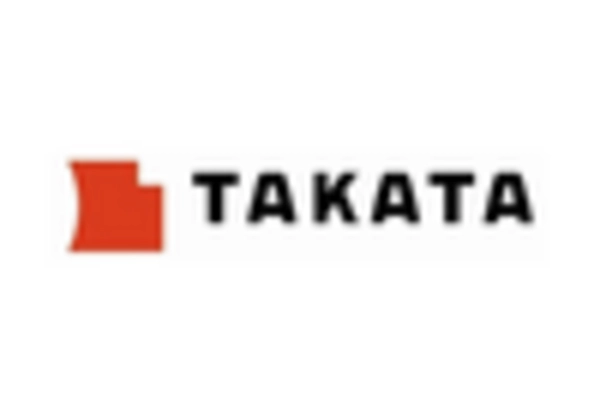










Leave a Comment